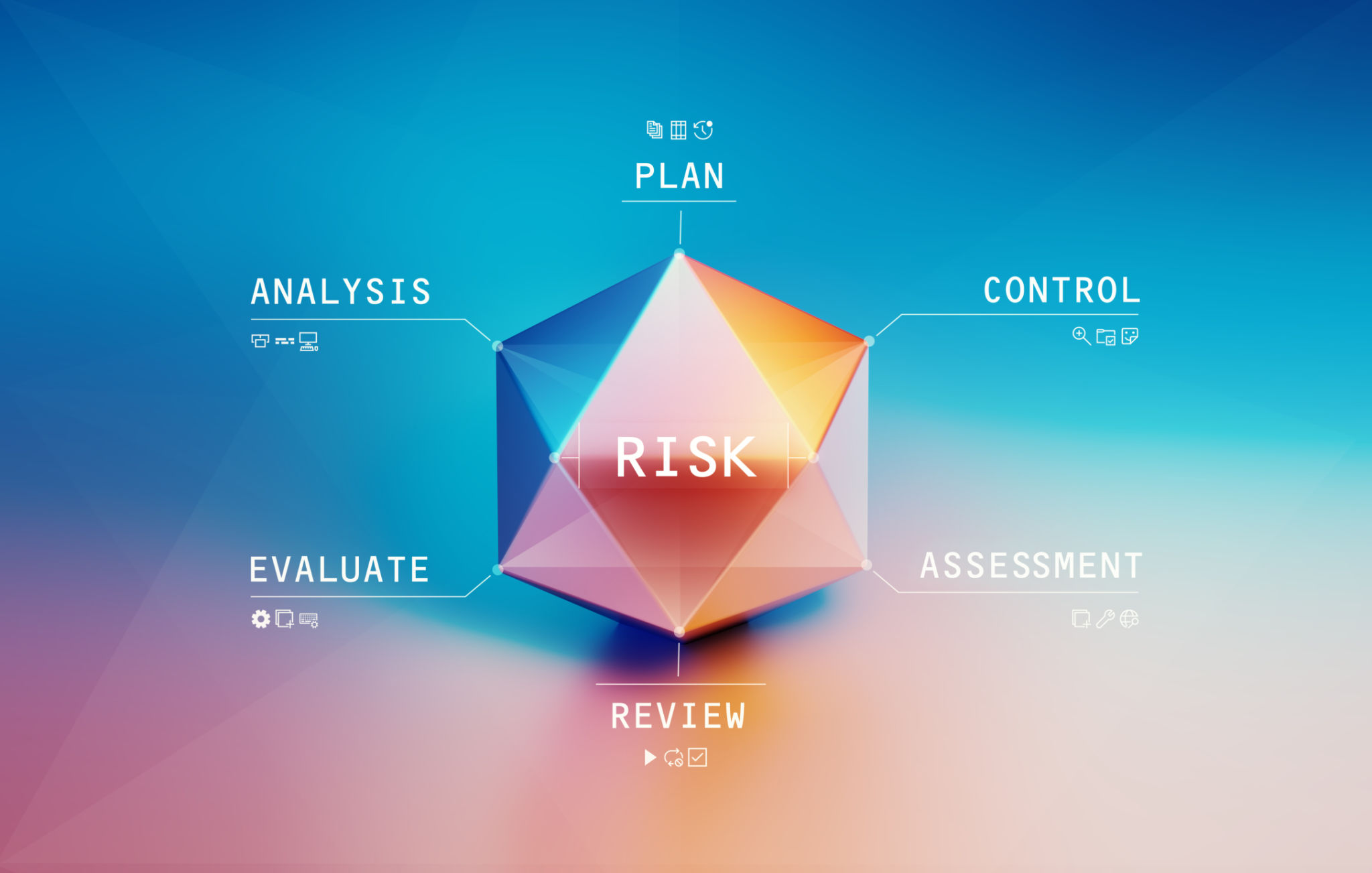Mastering Risk Assessment: Tools and Techniques for Professional Project Managers
Understanding Risk Assessment in Project Management
Risk assessment is a critical component of successful project management. It involves identifying, analyzing, and responding to potential risks that could impact a project's success. Mastering risk assessment enables project managers to anticipate challenges and develop strategies to mitigate them effectively, ensuring that projects are completed on time, within budget, and to the desired quality standards.
Project managers must be equipped with the right tools and techniques to navigate the complexities of risk management. From qualitative assessments to quantitative analyses, understanding how to apply these methods is essential for minimizing potential setbacks and maintaining project momentum.

Key Tools for Effective Risk Assessment
Risk Registers
A risk register is an essential tool for documenting all identified risks associated with a project. It allows project managers to track each risk's status, probability, impact, and mitigation strategies. By maintaining an up-to-date risk register, project managers can have a comprehensive overview of potential threats and prioritize actions accordingly.
SWOT Analysis
SWOT analysis is a strategic planning tool used to identify the strengths, weaknesses, opportunities, and threats related to a project. This technique helps project managers understand internal and external factors that could influence project outcomes, allowing them to develop targeted strategies to enhance strengths and address weaknesses.

Techniques for Identifying Risks
Brainstorming Sessions
Conducting brainstorming sessions with project team members and stakeholders is an effective way to identify potential risks. By fostering an open environment where diverse perspectives are encouraged, project managers can uncover risks that might not have been apparent initially. This collaborative approach also helps build a shared understanding of potential challenges among team members.
Delphi Technique
The Delphi Technique involves gathering insights from a panel of experts through multiple rounds of questionnaires. This iterative process helps refine and prioritize risks based on expert feedback, providing a comprehensive view of potential threats. The Delphi Technique is particularly useful when dealing with complex projects that require specialized knowledge.

Analyzing and Prioritizing Risks
Qualitative Risk Analysis
Qualitative risk analysis focuses on assessing the probability and impact of identified risks using descriptive methods. This approach often involves the use of risk matrices or heat maps to visualize risk levels and prioritize them for further action. It helps project managers allocate resources efficiently by focusing on high-priority risks.
Quantitative Risk Analysis
Quantitative risk analysis involves numerical techniques to evaluate the potential impact of risks on a project's objectives. Techniques such as Monte Carlo simulations or decision tree analysis provide data-driven insights into potential outcomes, enabling project managers to make informed decisions about risk mitigation strategies.

Implementing Risk Mitigation Strategies
Once risks have been identified, analyzed, and prioritized, implementing effective mitigation strategies is crucial. Strategies may include transferring risks through insurance, reducing risks by altering project plans, or accepting risks with contingency plans in place. The key is to choose the most appropriate strategy based on the nature and severity of each risk.
Regularly reviewing and updating risk management plans ensures that they remain relevant throughout the project lifecycle. By continuously monitoring risks and adjusting strategies as necessary, project managers can maintain control over potential issues and lead their teams to successful project completion.
